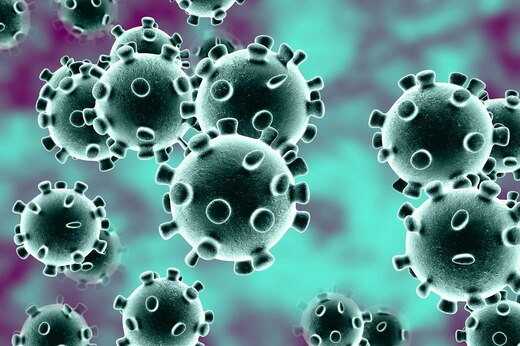WHAT SOAP AND WARM WATER DO?

Under the microscope, coronaviruses appear to be covered with pointy spires, giving them the appearance of having a crown or “corona” — hence the name. Beneath the crown is the outer layer of the virus, which is made up of lipids, or what you and I would call fat.
Now imagine that coronavirus is your butter dish, covered with buttery fat.
“You try to wash your butter dish with water alone, but that butter is not coming off the dish,” Williams explained. “You need some soap to dissolve grease. So soap or alcohol are very, very effective against dissolving that greasy liquid coating of the virus.”.
What does getting rid of that outer layer do to the germ?
“It physically inactivates the virus, so it can’t bind to and enter human cells anymore,” Wllliams said.
Just how soap accomplishes this feat is rather strange and fascinating science.
It’s all about how soap molecules are formed — each looks much like a tiny sperm, with a head and tail. The head bonds with water but the tail rejects it, preferring oil and fat.
Frantically trying to escape water, the tail of the soap is drawn to the fatty outer layer of the virus and begins to pry it open, much like we might use a crowbar to separate two pieces of wood.
Once the virus or bacteria splits open, it spills its guts into the soapy water and dies.
Water and scrubbing with your hands are important to this process because the combination creates more soap bubbles, which disrupt the chemical bonds that allow bacteria, viruses and other germs to stick to surfaces.
You want to scrub, build up bubbles and scrub some more, getting into every crack and crevice of your hands and fingers, including your fingernails, for 20 seconds, which is about as long as it takes to sing Happy Birthday twice.
Now, when you rinse your hands, all the germs that have been hurt, trapped or killed by soap molecules are washed away.
“All those bubbles and foam … literally pick germs up and wash them down the drain,” said Dr. William Schaffner, a professor of preventative medicine and infectious disease at Vanderbilt University School of Medicine in Nashville.
You often hear that the water you wash with should be warm, but why? After all, even hot water does not kill bacteria or viruses until you get to a temperature that would scald the skin.
“Cold water will work, but you have to make sure you work really vigorously to get a lather and get everything soapy and bubbly,” said chemist Bill Wuest, an associate professor at Emory University who studies disinfectants.
To do that, you might need to sing “Happy Birthday” three times instead of two.
“Warm water with soap gets a much better lather, more bubbles,” Wuest said. “It’s an indication that the soap is … trying to encapsulate the dirt and the bacteria and the viruses in them.”






